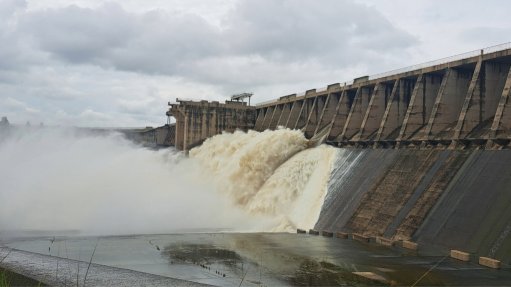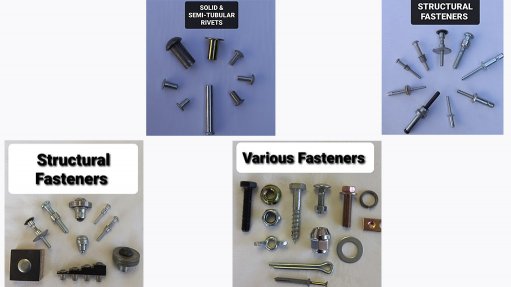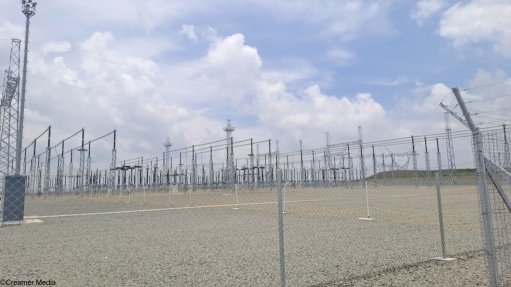The Impact of Climate and Soil Conditions on Wall Cracks
Cracks in walls are among the most common problems faced by homeowners and property managers, yet the causes behind them are often misunderstood.
While poor construction or age are obvious culprits, climate and soil conditions play an equally important role in the formation and progression of wall cracks. Understanding how these factors interact with a building’s structure is essential for prevention, timely repair, and maintaining the integrity of any property.
How Seasonal Climate Affects Walls
One of the main ways climate impacts wall cracks is through seasonal fluctuations in temperature and moisture. In regions with distinct wet and dry seasons, expansive soils such as clay are especially reactive.
When heavy rains arrive, clay soils absorb water and swell; during dry spells, they shrink as moisture evaporates. This cycle of expansion and contraction exerts stress on foundations and walls, leading to cracks that can widen over time if left unaddressed with wall crack repairs.
Temperature extremes can also affect the materials used in construction. Bricks, concrete, and plaster expand when heated and contract as they cool. In areas with hot days and cold nights, these daily thermal movements can gradually weaken the bonds within walls, resulting in fine hairline cracks that may become larger with time.
The Role of Soil Type and Movement
Soil type is another key factor influencing structural stability. Clay-rich soils are notorious for their high shrink-swell potential, but even sandy or silty soils can pose challenges.
Poorly compacted soils may settle unevenly beneath a foundation, creating differential movement that transfers stress upward to the walls.
In areas prone to drought, tree roots seeking moisture can exacerbate the problem by drawing water out of the soil near foundations, causing localized subsidence and cracks that may need wall crack repairs.
Climate Change Adds New Challenges
Climate change is adding a new layer of complexity. As weather patterns shift, some areas experience prolonged droughts while others endure heavier rainfall than usual.
These unpredictable conditions intensify soil movement, putting older structures - often not designed for such variability - at greater risk of cracking.
Preventing Wall Cracks from Soil and Climate Factors
Preventing or minimizing wall cracks caused by climate and soil conditions begins with good planning and construction practices.
Proper site surveys to understand soil composition, drainage planning to manage runoff, and the use of deep foundations or reinforced slabs can help reduce the impact of soil movement.
Installing root barriers can limit the reach of tree roots near foundations, and maintaining stable moisture levels around the property can prevent excessive shrinkage of the soil.
When to Seek Professional Advice
Homeowners should also be vigilant about early signs of cracking. Hairline cracks that are stable and do not widen are often harmless, but wider cracks, diagonal cracks, or cracks that reappear after patching may signal more serious structural movement.
Consulting a qualified structural engineer or specialized structural repair specialist is always recommended if there’s uncertainty about the severity of the cracks.
Understanding Helps Protect Your Property
While wall cracks can sometimes feel like an unavoidable nuisance, they are often the result of natural forces at work beneath and around our homes.
By recognizing the connection between climate, soil, and structural movement, property owners can take proactive steps to protect their buildings, maintain their value, so that their homes remain safe and sound for years to come.
Article Enquiry
Email Article
Save Article
Feedback
To advertise email advertising@creamermedia.co.za or click here
Comments
Press Office
Announcements
What's On
Subscribe to improve your user experience...
Option 1 (equivalent of R125 a month):
Receive a weekly copy of Creamer Media's Engineering News & Mining Weekly magazine
(print copy for those in South Africa and e-magazine for those outside of South Africa)
Receive daily email newsletters
Access to full search results
Access archive of magazine back copies
Access to Projects in Progress
Access to ONE Research Report of your choice in PDF format
Option 2 (equivalent of R375 a month):
All benefits from Option 1
PLUS
Access to Creamer Media's Research Channel Africa for ALL Research Reports, in PDF format, on various industrial and mining sectors
including Electricity; Water; Energy Transition; Hydrogen; Roads, Rail and Ports; Coal; Gold; Platinum; Battery Metals; etc.
Already a subscriber?
Forgotten your password?
Receive weekly copy of Creamer Media's Engineering News & Mining Weekly magazine (print copy for those in South Africa and e-magazine for those outside of South Africa)
➕
Recieve daily email newsletters
➕
Access to full search results
➕
Access archive of magazine back copies
➕
Access to Projects in Progress
➕
Access to ONE Research Report of your choice in PDF format
RESEARCH CHANNEL AFRICA
R4500 (equivalent of R375 a month)
SUBSCRIBEAll benefits from Option 1
➕
Access to Creamer Media's Research Channel Africa for ALL Research Reports on various industrial and mining sectors, in PDF format, including on:
Electricity
➕
Water
➕
Energy Transition
➕
Hydrogen
➕
Roads, Rail and Ports
➕
Coal
➕
Gold
➕
Platinum
➕
Battery Metals
➕
etc.
Receive all benefits from Option 1 or Option 2 delivered to numerous people at your company
➕
Multiple User names and Passwords for simultaneous log-ins
➕
Intranet integration access to all in your organisation





















